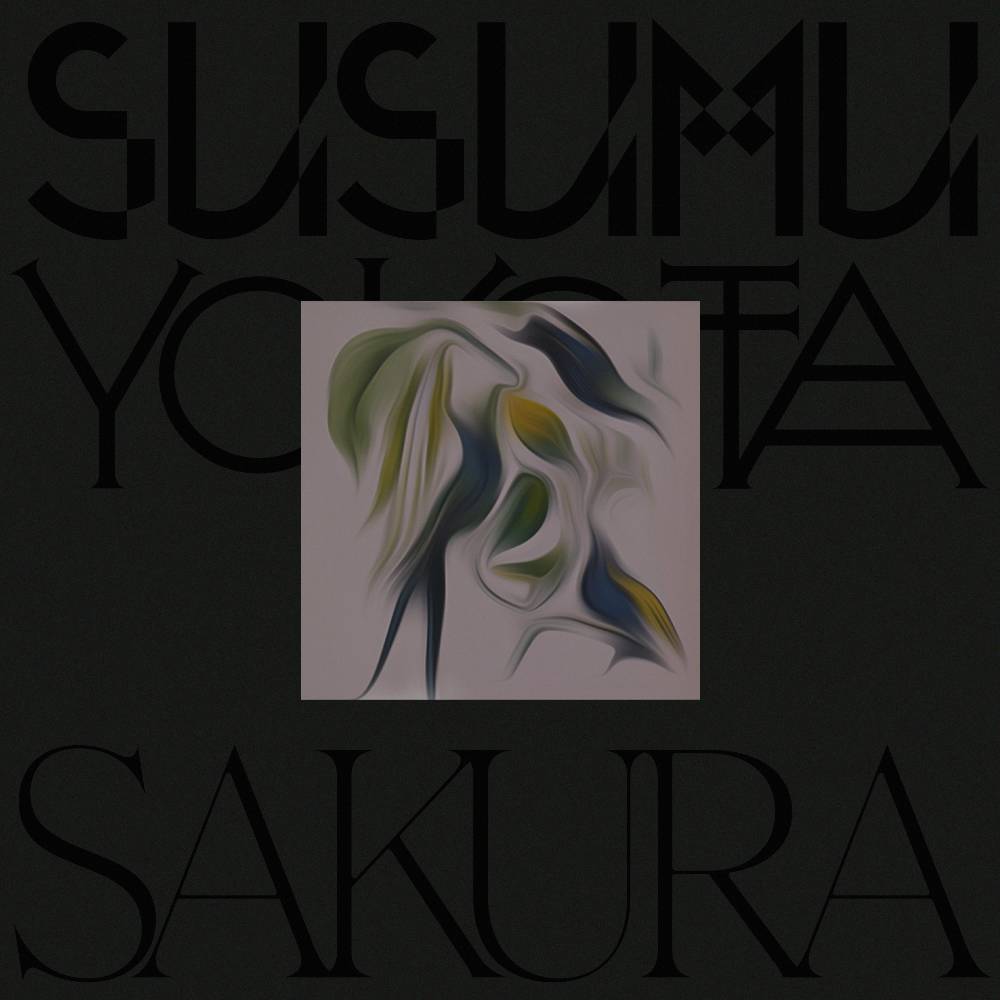
Susumu Yokota
Sakura
Without doubt the most loved and lauded entry in Susumu Yokota’s catalogue, Sakura was originally released in Japan on the Skintone label in 1999, and then on The Leaf Label for European distribution in 2000, by which time it was already becoming a huge success, going on to sell thousands of copies through word of mouth alone.
Sakura was the first fully realised statement of intent for Yokota’s recently christened Skintone label, a forum for sounds inspired by the loose, improvisatory atmosphere at his club nights of the same name in Tokyo’s Club LUST. Sandwiched between two propulsive techno and house outings on Sublime Records, Sakura follows on from Image 1983-1998 and Magic Thread, carving out a crystalline channel of blissful ambience flowing alongside Yokota’s more club-centric output. In a 2002 interview with Bim Ricketson, Yokota said that “It feels natural for me to do both dance and ambient, it’s a balance that exists within me.” and it is this flexibility and functional non-duality which gives Sakura much of it’s ephemeral intrigue and beauty.
Over the course of its 12 tracks, Sakura unravels like cascades of petals falling from the eponymous cherry blossom trees. In the opener ‘Saku’, a blinkered guitar and e-piano motif stutters in endless cycles, fading in and out either end of the track as if mimicking the relentless reset of the seasons. ‘Tobiume’ revolves around surging currents of warm clav and glacial house pianos, ricocheting out over the rolling loop beds. ‘Uchu Tanjyo’ steps out into more humid, crepuscular terrain with its clattering hand percussion, snatches of ebullient spoken phrases and distant, breathy flutes landing us firmly in a similar microclimate to Jon Hassell’s fourth world heat-haze. ‘Hagoromo’ brings us back to the swaying reveries of the first two tracks, with undulating, contrapuntal harp figures eventually elapsing into Riley-esque rhodes canons, before standout track ‘Genshi’ juxtaposes Yokota’s familiar humming e-piano coils with a plosive 909 kick and oneiric bells, channelling his washier, more dub techno-adjacent efforts, as well as Tangerine Dream’s pointillist synth meditations and Steve Reich’s proto-rik minimalism.